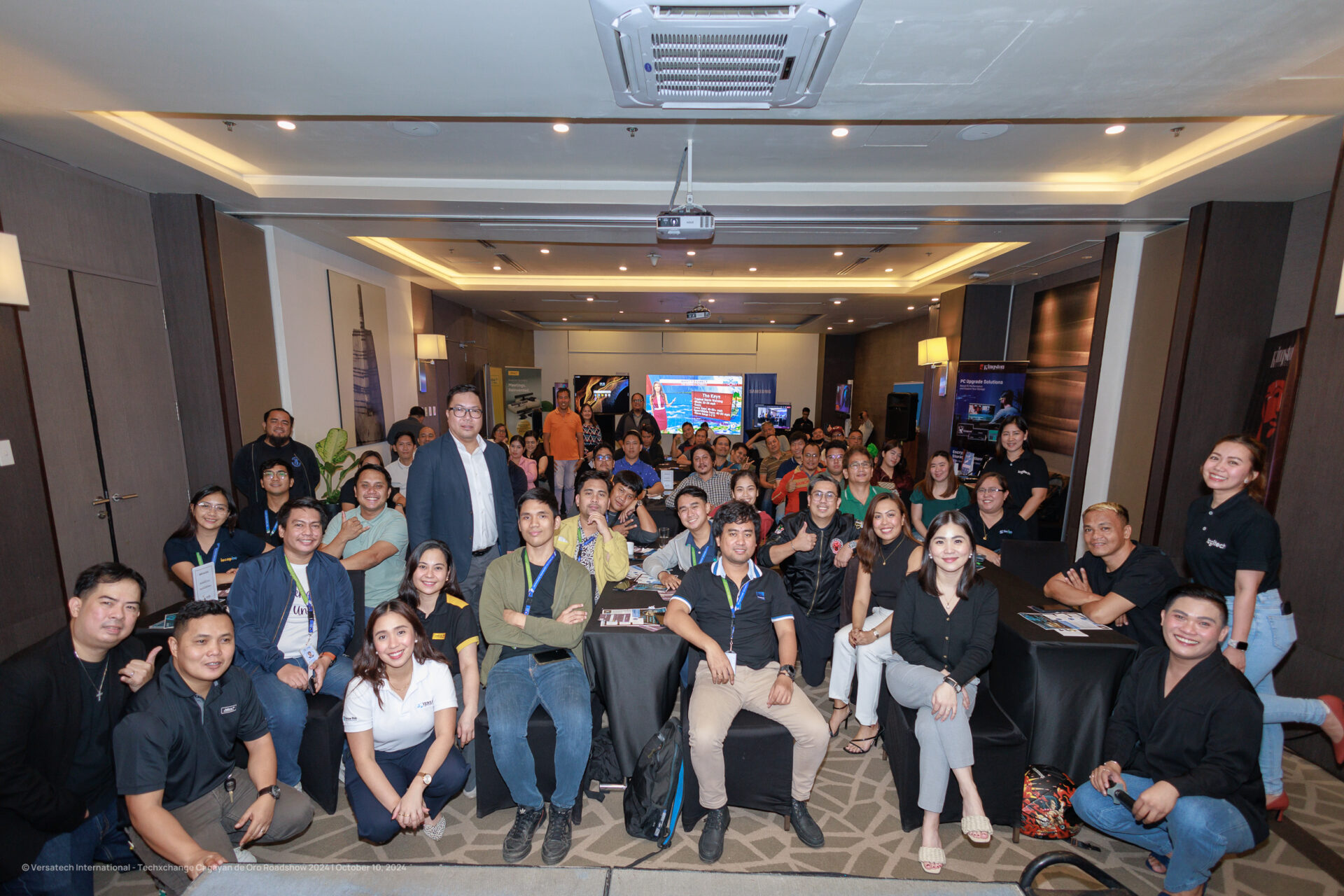Did you know that up to 90% of our decision-making process is unconscious? While customers, employees, and diners might think they’re making rational and logical decisions, the reality is they’re not. And this has some interesting implications for your digital signage.
In this week’s blog, we’re exploring advertising psychology and sharing five visual psychology tactics for your digital signage that can increase effectiveness and ROI.
A little introduction to the human brain
Psychologist Daniel Kahneman explains that the human brain operates two systems: system 1 – an automatic system and system 2 – an effortful system.
When making a decision, system 1 takes charge and quickly comes to a conclusion, passing the decision on to system 2. This makes us feel like we’ve made a conscious decision. In reality, we’ve made an automatic decision based on the immediate information available, which saves our brain and body energy for more important matters.
How does this relate to digital signage?
The main goal of your digital signage campaign is for your audience to make a decision. That could be a decision to purchase a product, vote in a poll, sign up to a loyalty scheme, read a notice, or decide what’s for lunch.
Accordingly, your digital signage must communicate with system 1, the unconscious mind.
5 visual psychological tactics for your digital signage
Fortunately, psychologists have spent centuries studying the unconscious mind to learn what speaks to it, influences it, and triggers it to decide. And many of these tactics can be used in your digital signage to influence audience behavior.
1. Colors
The unconscious mind associates different colors with different traits and emotions. Some of these associations are natural (i.e., bright colors signify danger), and some of these associations are learned (i.e., red and yellow reminds you of McDonald’s).
You can use these color associations in your digital advertising to create different reactions and feelings.
Some common associations are:
- Yellow = optimism and alert
- Orange = friendly and cheerful
- Red = excitement and boldness
- Purple = creativity and imagination
- Blue = trust and strength
- Green = health and nature
- Gray = neutral and calm
The emotion or association that you want to create depends upon the content you’re displaying. For example, if you’re promoting a sale in-store using digital screens, you might want to use yellow to alert and red to excite; or, if you’re engaging employees with digital signage, you could use blue to establish trust and purple to promote creativity.
2. Emotions
Emotions originate from the unconscious mind, appearing without warning and being mostly uncontrollable. They, therefore, heavily influence the decision-making process.
Your digital signage can use visuals in a variety of ways to stimulate different emotions and prompt different reactions. For example:
- An honest video about how your charity saves and rescues abandoned kittens can provoke the emotion of sadness, leading to a charitable donation.
- A digital advert about your “exclusive” sale that finishes in “24-hours” can simulate a sense of urgency, leading shoppers to make a purchase.
- An interactive poll on whether people put cream into their coffee first or last can make people see your brand as fun and friendly, prompting them to recommend you to friends.
3. Images
It might seem silly to mention the importance of images when talking about digital signage, but many users get so caught up in the words on their screens, that they forget about the images.
The brain processes images 60,000 times faster than text, meaning that the unconscious mind can make a decision based on an image alone. It’s fundamental to include images in your digital signage campaigns, but, it is even more fundamental to give thought to the following:
Placement
Ideally, images and graphics should be placed on the left, with headlines and text on the right. This is because a stimulus in the left visual field is initially processed by the right hemisphere of the brain, which is better suited to pictorial information.
Interaction
Images should invite the viewer to mentally interact with what’s being shown. For example, a photograph of a freshly brewed latte should have the glass handle facing, right towards the common dominant hand, so that your audience can imagine picking it up.
Quality
It’s not just colors that the brain automatically makes assumptions about. If your images are of poor quality, then it’s automatically assumed that your message and brand are too. Use professional photographs and designs where possible.
4. Ease
The unconscious mind makes the majority of decisions because it’s quicker than logically and rationally processing every piece of information we receive. When presented with information that requires logical and rational processing, the unconscious mind does one of two things: sends the information to the conscious mind for processing or tells the conscious mind that this information isn’t of relevance and to move on.
Therefore, it’s important to use tactics in your digital signage that makes the content feel easy to watch, digest, and act upon. Tactics such as:
- Bold headlines and small amounts of text;
- Clear messages and calls to action;
- QR codes that perform actions for the audience; and
- Videos or animations that can be watched instead of read.
5. Repetition
Familiarity makes decision making even easier for the unconscious mind. Accordingly, repetition is an effective tactic for building a relationship and compelling automatic actions such as paying attention, interacting with content, or performing a task.
However, subtly is key. If the brain recognizes duplicate content, it will stop paying attention to save energy for new content.
Luckily, digital signage is the perfect platform for repeating the same message in different ways. For example, you could display different videos about the same product, use a mix of interactive and static content to talk about your latest staff update, or share different customer reviews about how great your homemade cakes and bakes are.
A final note on visual psychology
We’ve barely touched the surface of visual psychology tactics that can enhance your digital signage campaigns, and there’s a whole world of psychological tactics beyond visuals too.
However, these tips are a great place to start for anyone interested in the science behind why advertising works and how you can do it better.






